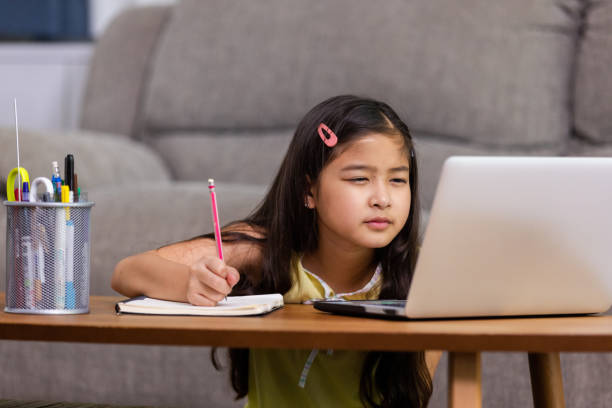 Myopia, also known as near sightedness or short sightedness, is a common condition in which people can see nearby objects clearly, but objects farther away appear blurred. Myopia occurs when the eyeball grows too long, or the cornea is too curved, causing light to focus in front of the retina rather than directly on it.
Myopia, also known as near sightedness or short sightedness, is a common condition in which people can see nearby objects clearly, but objects farther away appear blurred. Myopia occurs when the eyeball grows too long, or the cornea is too curved, causing light to focus in front of the retina rather than directly on it.
Myopia has been increasing rapidly in children in recent years, particularly in urban areas, and this has led to concerns about the long-term implications for vision and eye health. Current research suggests that almost half the population of the world will be myopic by the year 2050. Myopia can lead to a higher risk of developing other eye problems such as glaucoma, cataracts, and retinal detachment and myopic maculopathy.
Fortunately, there are several ways to slow the progression of myopia in children, including:
- Outdoor activities: Research has shown that spending more time outdoors may help prevent or slow the progression of myopia in children.
- Atropine eye drops: Atropine eye drops can be used to slow the progression of myopia in children. These drops are typically used once a day, and they work by relaxing the muscles in the eye that control focus. (This treatment is not currently available at High Street Optometry practices in UK.)
- Orthokeratology (ortho-k): Ortho-k involves wearing special contact lenses overnight that temporarily reshape the cornea, allowing light to focus properly on the retina during the day. This can slow the progression of myopia in children.
- Multifocal contact lenses: Multifocal contact lenses have different prescriptions in different parts of the lens, allowing for clear vision at multiple distances. These lenses have been shown to slow the progression of myopia in children.
- Specially designed spectacle lenses (such as MiYOSMART) that provide clear vision through the centre and myopic defocus through the periphery.
It is important to note that these methods are not a cure for myopia, but they can help slow its progression and reduce the risk of other eye problems. It is important for children with myopia to receive regular eye exams to monitor their condition and ensure that they are receiving appropriate treatment.
It is important to have your childs eyes examined as early as possible, especially If there is a strong history of short-sightedness or myopia in the family. This allows for refractive error and eye length measurements to be taken and monitored so that those at risk can be identified and appropriate treatment can begin early.
Helpful links:
https://mykidsvision.org/
https://www.myopiafocus.org/
